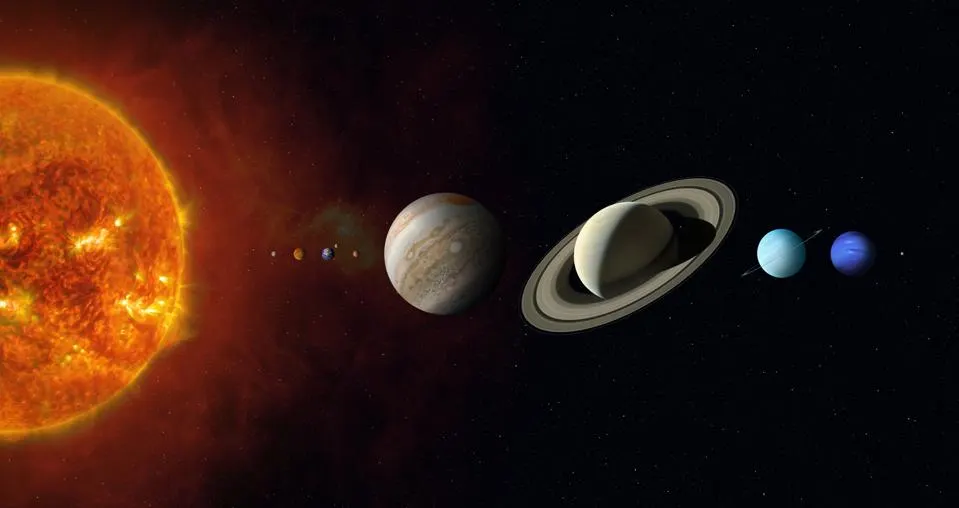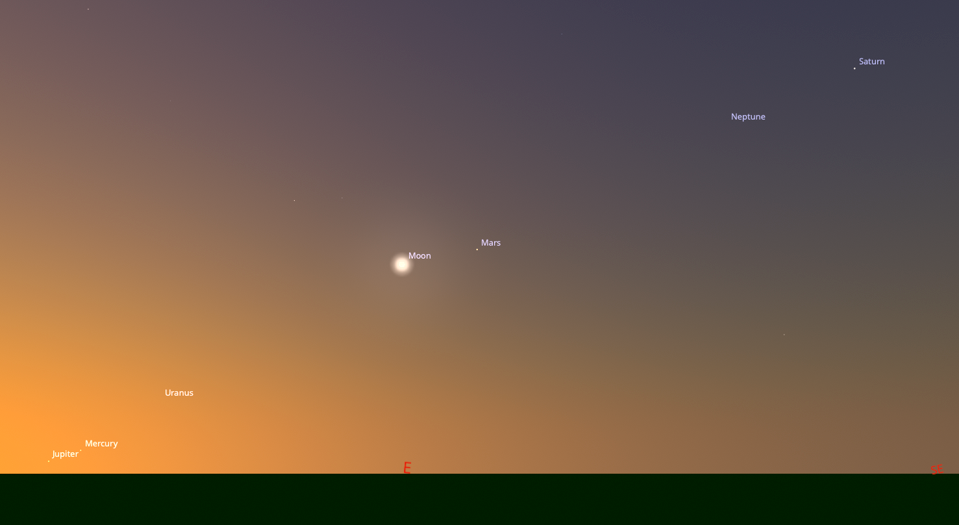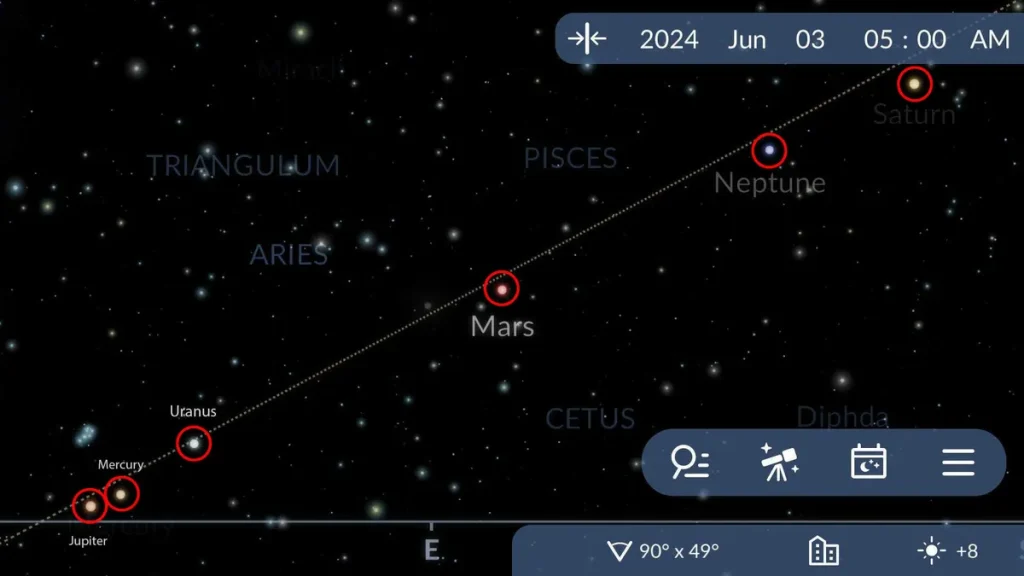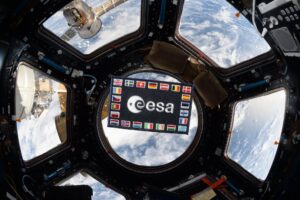Myth or Marvel? The Six-Planet Alignment in June 2024
22nd May 2024
The media is abuzz with news of an upcoming celestial event: the “parade” of six planets gracing the sky, purportedly visible to the naked eye. But is this truly the case? When and where can one witness this spectacle? We delved into the truth behind this phenomenon.
Planetary Parade VS Planetary Alignment: Is It the Same?

In a previous article, we explored the concept of planetary alignment in depth. Now, let’s simplify it for easier understanding.
Think of a “planetary parade” as a catchy term for when planets seem to line up in the night sky simultaneously. While it’s not an official term in astronomy, even NASA uses it, calling it a “parade of planets.“
Now, there are two main ideas behind planetary alignment. The first one is pretty much like a planetary parade, where planets visibly align in the sky. This alignment can involve just three planets or even all of them, depending on different sources. Usually, we call it a mini alignment if three planets are involved, a small alignment if there are four, and a large one if there are five to seven planets lined up.
The other definition of planetary alignment is more literal. It’s when planets actually line up in their orbits. This is extremely rare and hasn’t happened since 949 AD. The next time it’s predicted to occur is on May 6, 2492. But the upcoming event we’re talking about is the visual kind, where the planets will be visible from Earth, but they won’t be aligned in their orbits.
To add to the mix, NASA and astronomers also talk about “conjunctions” when multiple planets are seen together in the night sky. For example, in 2022, people saw a conjunction of Venus, Mars, and Saturn during the first week of April.
What’s in Store for June 2024?

Most sources state that the upcoming planetary alignment is set for the 3rd of June, 2024. During the early morning hours (one hour before sunrise), six planets – Mercury, Mars, Jupiter, Saturn, Uranus, and Neptune – will converge in the sky. The planetary alignment will be visible from the UK as well. However, there is a tricky part. While Mercury, Mars, Jupiter, and Saturn can be observed with the naked eye, spotting Neptune and Uranus will require the aid of a telescope or high-powered binoculars.
Can You See It In the U.S.?
For Americans eager to witness the planetary lineup, the optimal viewing spot will be in New York state between 5 and 5:26 a.m. on the morning of 3 June. Along the eastern seaboard, various regions will catch glimpses of the parade at different times. For instance, Florida will witness Saturn, Mars, Mercury, and Jupiter just before sunrise, around 6 a.m., while Ohio will spot the same quartet around 5:40 a.m.
This six-planet alignment will grace the skies each morning for approximately a week. Eventually, Mercury will draw too close to the sun, becoming invisible, while the already faintly visible planets will drift too far away.
Planetary Alignment in the UK
Due to the high likelihood of noctilucent cloud displays, skywatchers in the UK may find it challenging to see the full planetary parade. If the skies are clear, you might be able to spot three planets – Mars, Jupiter, and Mercury. Notably, Jupiter and Mercury will appear just half a degree apart in the early morning. But it will be challenging to see Saturn, Uranus, and Neptune. The planets will be visible in the east of the sky.
Rest of the World
Beyond the United States and the UK, the celestial event will also unfold in other parts of the globe. Sydney, Australia, will enjoy a view as early as 28 May, followed by Tokyo and Athens on 2 June. Meanwhile, from 28 May to 6 June, spectators in various other regions worldwide will catch glimpses of at least part of the parade.






Thank you for your comment! It will be visible on the site after moderation.